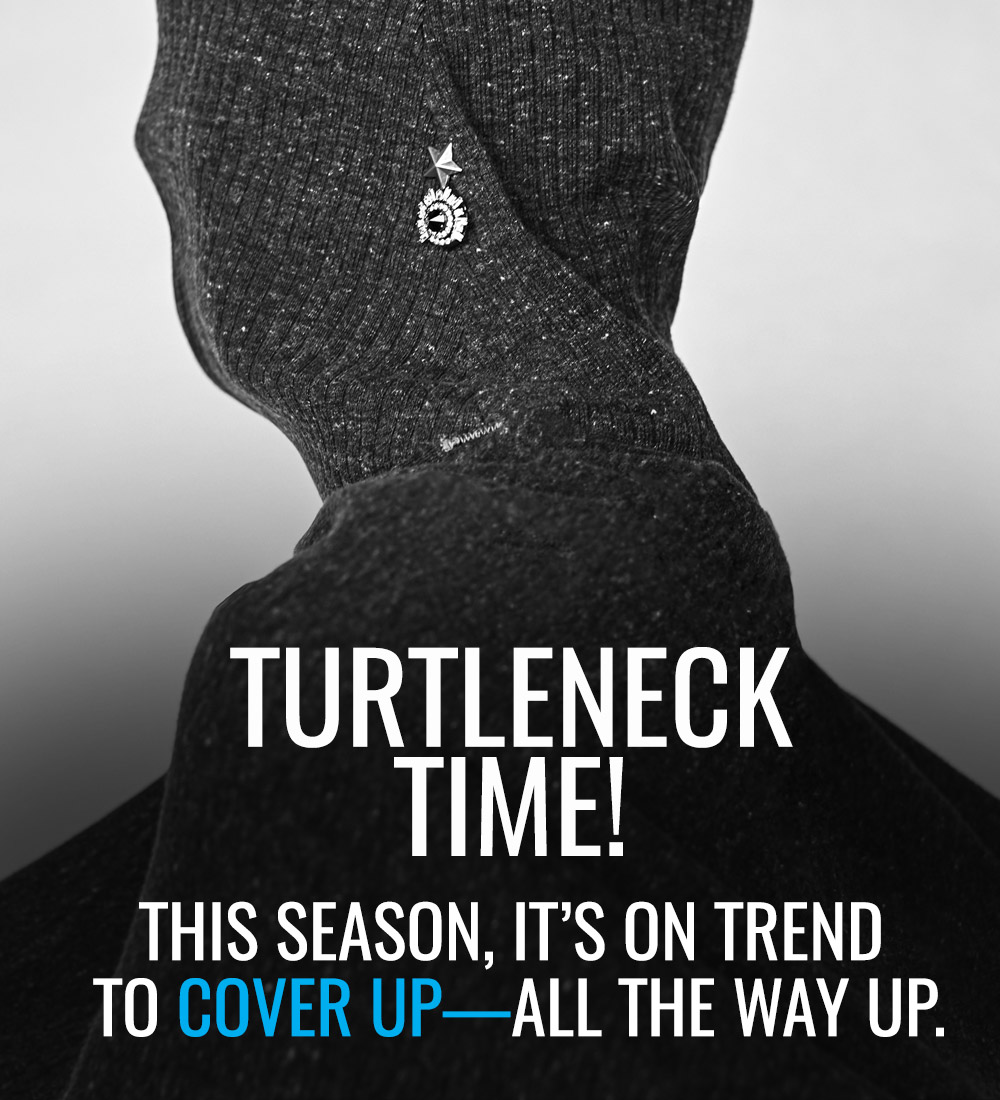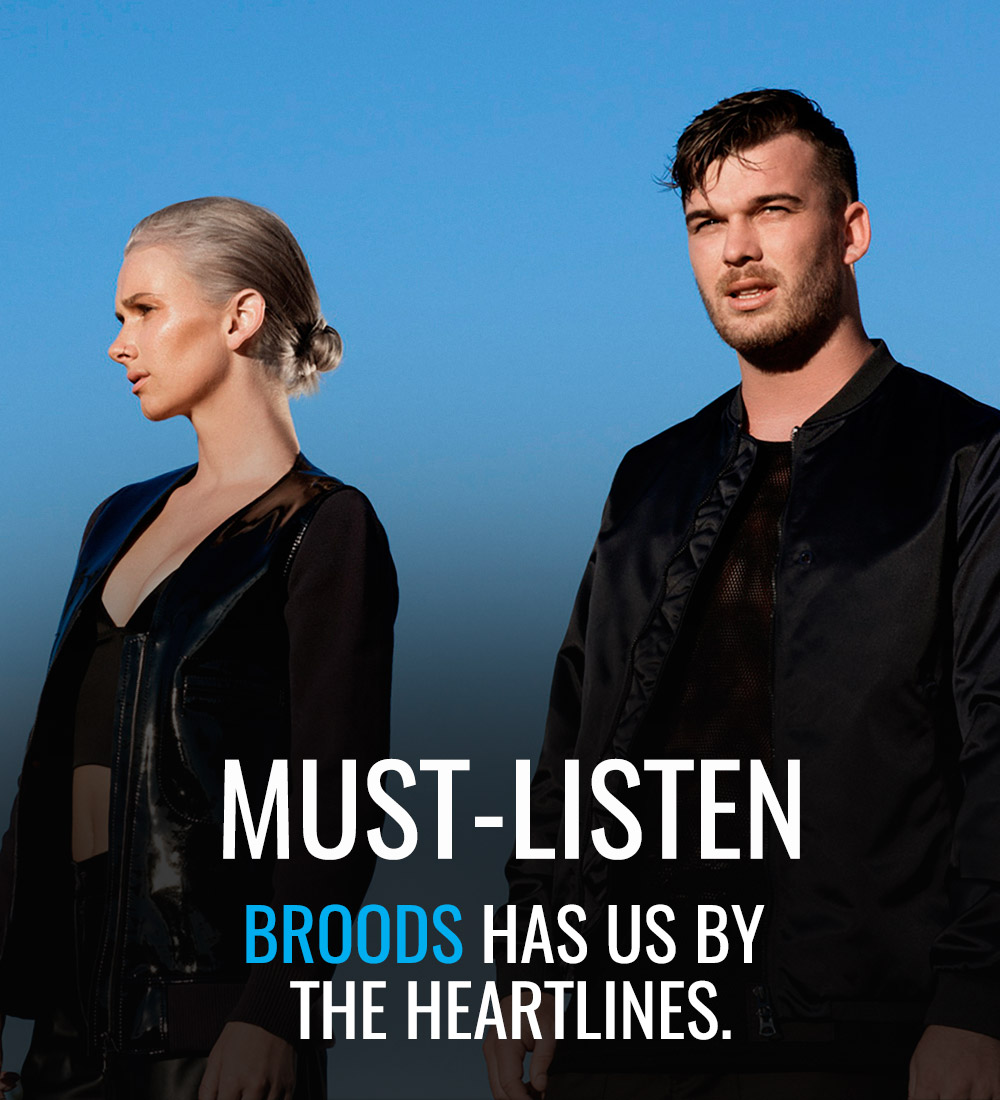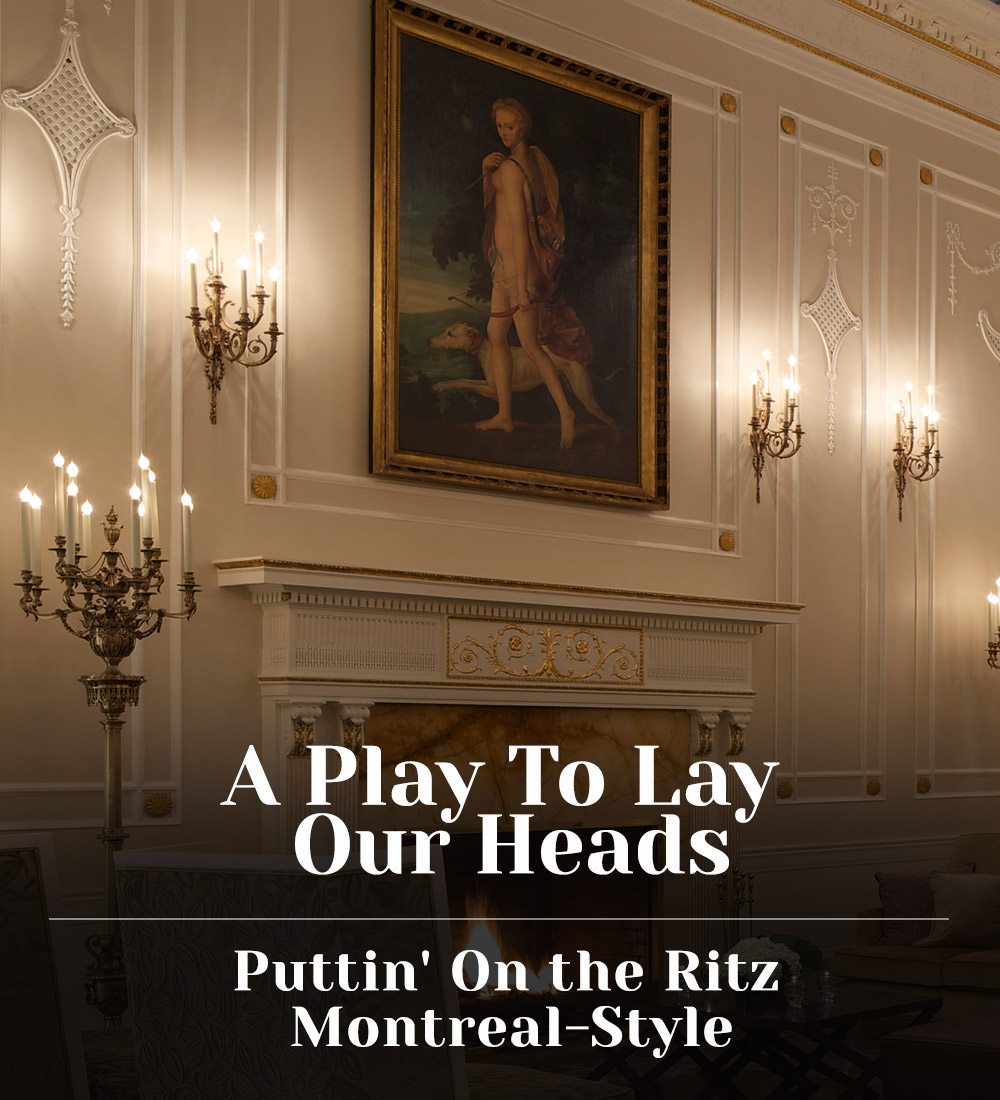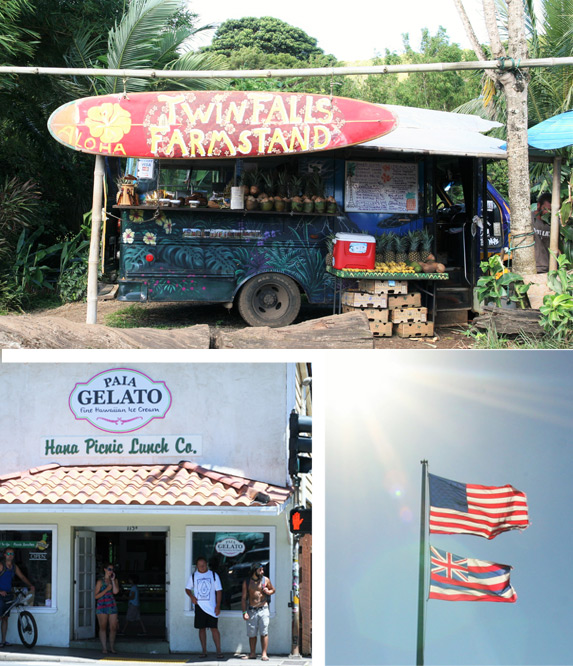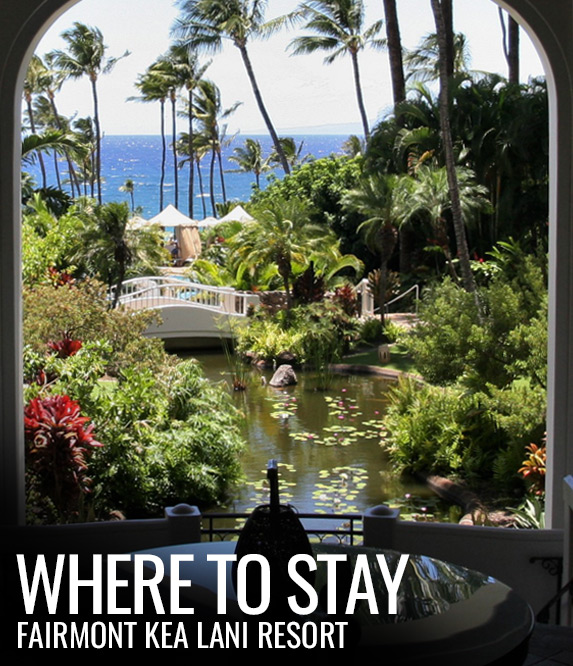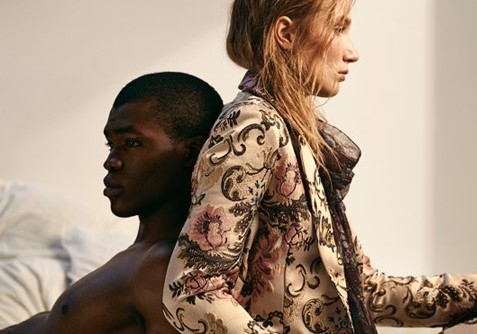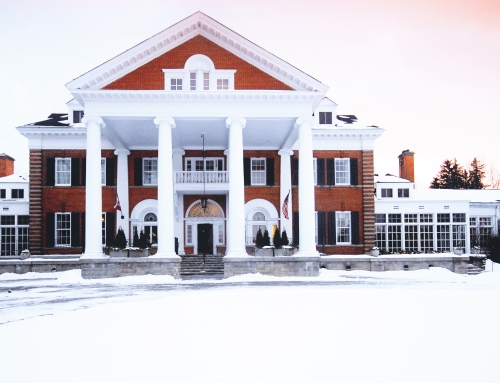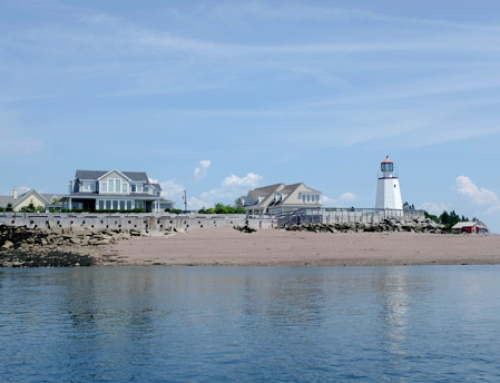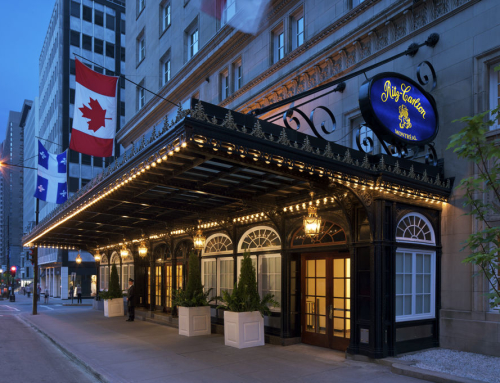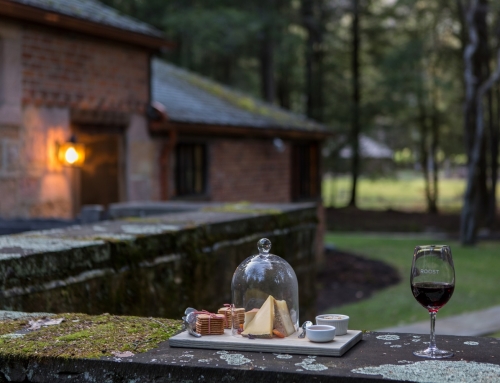Pop culture paints it as a paradise; from The Beach Boys fascination with grass skirts to the mass popularization of the luau across the globe, Hawaii has long been perceived as home to the “good life.” And, so it is—without exaggeration—as I discovered on a recent visit, a place where R&R is a way of life, rather than a 2-hour activity penciled into one’s calendar, under “spa” every other month. (Though, the spas here happen to be exceptionally relaxing.)
Located in the central Pacific, this volcanic archipelago owes more than a smattering of its mythic legacy to simple geography. Hawaii is made up of six main islands— Kauai, Oahu, Molokai, Lanai, Maui, and Hawaii Island. Each island is a distinctive culmination of wild landscapes robust with tropical flora, cascading waterfalls, lofty cliffs and miles of sandy beaches coloured in white, red and black, depending on their proximity to volcanoes and lava cinder cliffs.
In Maui—where I visited—every corner of the island is unique in its beauty. The eastern side of the island is characterized by wind and wet weather, meaning better surfing (the size of a swell is dependent on wind intensity) and an abundance of gardens, farmland and rainforests. Here, nature has given way to the scenic Iao Valley (a heritage site, just west of Wailuku) and the road to Hana—a breathtaking drive, stocked with natural wonders and scenic pit stops. Contrarily, on the western side, the climate is drier, gifting sun-worshippers with the island’s acclaimed beaches in Kihei (on Maui’s southwest shore), as well as Wailea, where luxury resorts flag one of the driest region of the island.
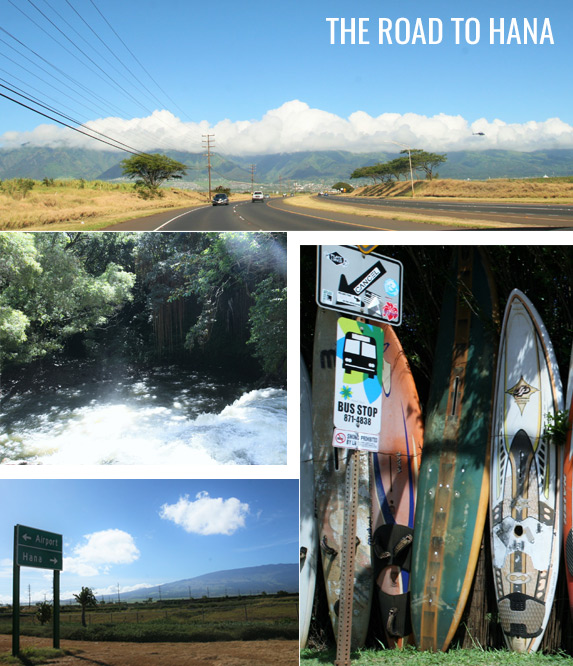
Geography aside, the other half of Hawaii’s paradise equation is its people. This is a part of the world where a vacationer might be upgraded from an economy rental car to a Mustang convertible for no extra charge because a friendly manager happens to be in an especially giving mood. It’s a place where a local becomes a fast friend, one who will go out of their way to show you the best place to get Spam musubi (it’s at a sushi/antique shop called Miyako Sushi in Wailuku) because you happened to have a passing conversation about the popular Hawaiian snack made of grilled spam, rice and a strip of nori. And, Hawaii is a setting where the traditions of its islands’ ancestors continue to be wonderfully tangible.
“Our cultural excellence and native intellect is huge,” proclaims Kapono‘ai Molitau, a kumu hula (hula teacher) and proprietor of the local shop, Native Intelligence. As a practitioner and master instructor of hula, Molitau is a cultural preservationist. Hula is more than technique and choreography, as he shares, it is an artistic and spiritual representation of Hawaii’s islands; it is aloha—Hawaiian for affection, peace, compassion, and mercy—in action.
In Molitau’s shop, located in Wailuku on Market Street, the importance of cultural history informs the small business owner’s offerings. Goods sold here encompass Hawaiian values, designed by local artisans, using traditional craftsmanship, like Native Intelligence’s selection of kapa, a fabric historically handmade by the island’s indigenous Polynesian people from the fibres of native trees.
The cultural blueprint of Hawaii is present in every interaction with the island and its people. In Maui, the spirit of aloha sets apart everything from the hotel experience to the context of art exhibits.
At the Schaefer International Gallery, located in the Maui Arts & Cultural Center—a bastion of the local arts community with its lineup of performances, exhibits and educational programming—visitors can expect a lesson or two in Polynesian lore, while perusing the works on display. During my visit, the legend of the rat and the octopus engendered the allegorical space created by the Hawai‘i Island-based art collective, AGGROculture.
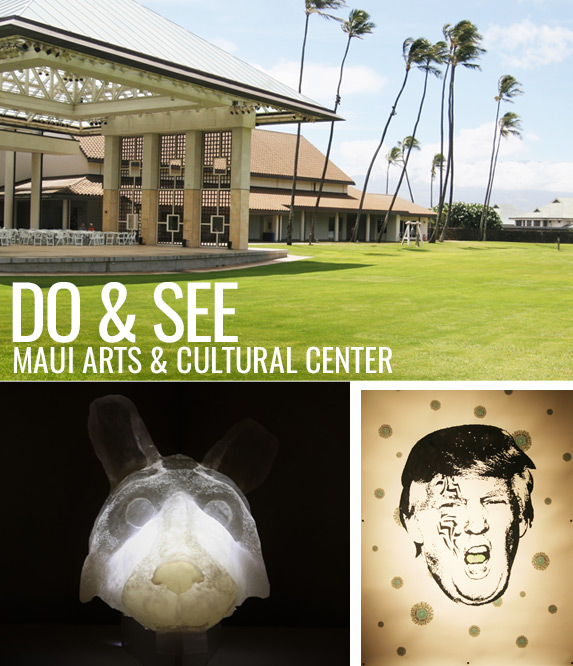
A local cautionary tale, the myth casts a rat adrift at sea as its anti-hero. In need of help getting to shore, the rat enlists the aid of an octopus, promising it a reward. Once safe on land, the rat scurries away, breaking its promise to the octopus. Notably, an impressionistic portrait of president-elect Donald Trump was among the exhibit’s key works. The takeaway here is the spirit of aloha, an ethos that would see the pledge of a handshake retains its value, even in a modern context.
Across all facets of life, this spirit shapes experiences on Maui. The ethos is the difference between checking into a luxury hotel and laying to rest your worries in a tranquil sanctuary.
At the Fairmont Kea Lani in Wailea, peace is part and parcel with one’s stay. From beginning to end, the resort—sprawled across 22 acres of lush tropical landscape—delivers a first-class experience that exceeds expectations. Following the traditional lei greeting (a wreath of flowers traditionally given upon arrival and departure as a symbol of affection), guests are checked-in and given a number to text, should they have any questions related to their stay. Personal concierge? Yes, please!
From the hotel lobby, comfort and luxury leads one to their suite… yes suite. As Hawaii’s only all-suite and villa oceanfront resort, every guest can depend on spacious suite to call their home away from home. With space to amply fit a family of four accommodations (suites range from 860-1100 square feet), lack of elbowroom is not a concern. In fact, for guests coming from urban centers notorious for tuna-can-apartments, the stretch of the suites—complete with separate bedroom, living room, marble bathroom (double vanity), and foyer—will feel particularly opulent.
The handsome outcome of a 70-million-dollar renovation, suites now boast modern tropical décor that steers far away from tones of flamingo pink. Updates include new carpets, granite countertops and tile entries, as well as a fitting of contemporary furnishings and statement paintings by local artists. And then there are the generously-sized lanais attached to each suite. Here, you can enjoy a morning coffee (brewed in the comfort of your suite) or spend an evening watching the sun sink into the ocean. (Tip: pick up a bottle of Maui-made OCEAN Organic Vodka at the nearest general store and a six pack of Hawaiian Sun in Lilikoi Passion Fruit for a leisurely cocktail hour on the lanai.)
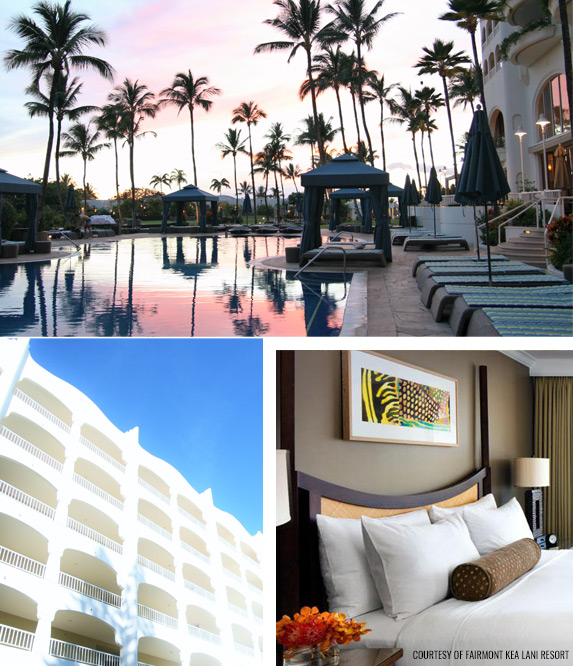
Outside of the suite, a different type of repose awaits.
For the holiday-seeker that lists a sky-blue ocean and sand between their toes as a need, follow the sound of crashing waves down to a 600-foot stretch of white sand. The water here is as crystalline as one expects from the accolades Polo Beach has received by the bulk of global travel magazines. Should you be a Planet Earth fan, plan to spend at least one day in snorkel gear to explore Wailea Point reef, home to tropical fish and turtles galore.
For less adventurous types (i.e. those who prefer their piggies outside the confines of flippers), enjoy the conditions closer to shore. Thanks to a perimeter of lava rock outcroppings, this sandy bottomed spot of ocean is gentle enough on the feet to recreate The NoteBook’s famed beach scene—happily with less overcast and more palm trees.
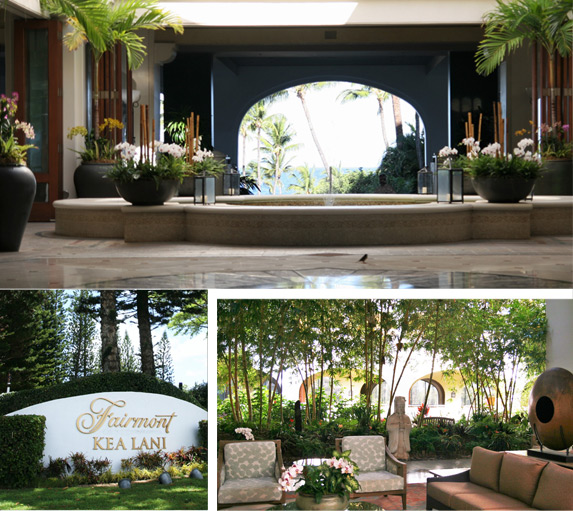
Alternatively, should granules of rock fragments in your swimsuit bottoms be a pet peeve, opt for a day lounging by one of the resort’s four pools. Choose between the sophisticated atmosphere at the adults-only pool or the more mellow vibe of the two lagoon-style activity pools. The latter will especially appeal to kiddies (who do also have their own pool) and kids at heart. Both will find hours of distraction in the waterslide that connects the bi-level pools. After your 10th time down the slide, unwind in the whirlpool, tucked away in a shaded nook between the two levels. Rarely fully occupied, this relaxing soak does double time as a corner for stolen moments.
While beach staff are available to help guests arrange chairs and towels, those who are the enjoy-more-and-do-less type, will likely prefer camping out poolside, where they can take advantage of a refreshing swim-up bar and easily accessible piña colas.
For that same lot, you’ll do well at adding on the resort’s daily breakfast buffet to your stay. With items ranging from a traditional omelette bar to a congee station (trust me, you need to try this) the delicious variety and superior quality of food to choose from here, is the kick start to a perfect day. Order a smoothie off the à la carte menu to go with your self-made yogurt parfait (pile on the fresh fruit!), and it’ll be an extra healthy start, too.
For couples that also happen to be foodies, after a few days on the island, you’ll start to see why partners that eat together, stay together. Let’s face it, it’s hard to justify sampling all the desserts on a menu without at least one other person at the table.
Like the blend of options at the Fairmont’s breakfast buffet, the bulk of food in Maui represents the diversity of its island’s people. This mélange of flavours typical to local cuisine can be traced back to the history of migrant workers that converged on the island during the expansion of the local whaling and sugar cane industry. When Chinese, Japanese, Korean, and Filipino labourers came over to join the workforce, with them they brought a little piece of their native home—sealed tight in their lunchbox.
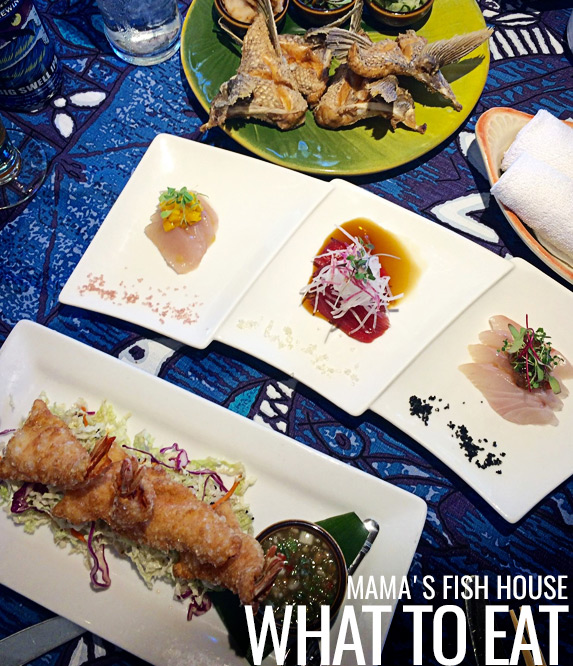
Sam Sato‘s in Wailuku epitomizes this comestible melting pot. Popular among locals and tourists in the know, the family-owned lunch counter—established back in 1933 by a second-generation Japanese-American plantation worker with the initials S.S.—serves up an eclectic mix of East and West. From the friendly waitstaff here, diners can order themselves a spread that is deliciously comparable to a hearty Hawaiian potluck, served up with the same warmth and hospitality you would find at a barbecue hosted in your best friend’s backyard. Regulars here suggest a mishmash of grilled teriyaki beef skewers, macaroni salad and of course, Sam Sato’s famous (and highly addictive) dry mein. A Maui staple in the realm of comfort food, the dry mein recipe here is tops, bar none, with its chewy noodles, savoury char siu pork bits, special sauce and accompanying cup of dashi.

When paying up at the cash register here, snag yourself one of Sam Sato’s quirky tees or tank tops—it’s foodie street cred. You’ll find sporting a shirt with a happy face made from a bowl of noodles will go far in gastronomic cool kid hubs, like Brooklyn and Austin.
An island void of pretension, Maui’s plethora of fine dining spots adhere to a similar gastronomic philosophy as Sam Sato’s, playing to a multicultural palate. At Ko—located in Wailea at the aforementioned Fairmont Kea Lani—the kitchen serves up dishes like a starter of Banana Ketchup BBQ Pork Skewers (classic local street food), followed by the catch of the day, prepared in a macadamia nut crust and tomato ginger butter with a side of mashed sweet potatoes. Touted to be one of the best restaurants on the island, expect an unforgettable meal that impresses beyond the hype.
Seeing that the restaurant is a go-to for anniversary dinners and special occasions, couples keen on staring into one another’s eyes for the evening, will easily find a Hallmark moment or two here. Trendy restaurant that Ko is, for romance away from the bustle of the busy dining room, reserve the Twilight Dinner for two and savour the sunset over a flute of champagne from your private canopy tent, before the first of four courses arrives at your candle-lit table.
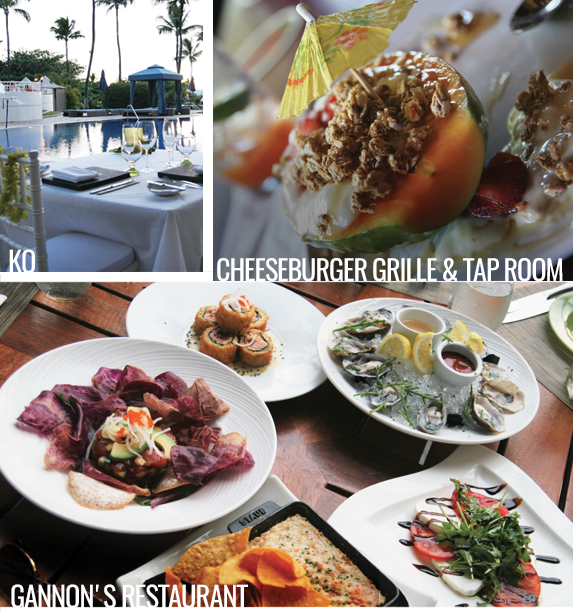
For a slightly more casual dining atmosphere, check out the restaurants at The Shops at Wailea in between finding the perfect luau outfit (Cheeseburger Grille & Tap Room is a good one). Or, for a more lively atmosphere, visit the Wailea hotspot, Gannon’s. The panoramic ocean views at the here are some of the best to be found on the island. Translation: Book a table on the outdoor lanai in advance to guarantee the ultimate Gannon’s Restaurant experience. Trust us, Ahi Poke (a choice shared plate, served with island chips and avocado) tastes all the better when paired with a picturesque view. If you happen to be in town during the Maui Film Festival come June, check out the Dinner & A Movie special on offer here. After chowing down on a scrumptious caramelized pineapple glazed Pork Tomahawkwok (the side of fried green beans and tater tots that come with this is a merry addition to the dish), head over to the nearby Celestial Cinema, where you will find a beach chair just for you in the restaurant’s reserved seating section.
North of Wailea, discerning epicureans will discover a different view to go with their meal, this time a little more mountainous.
At the Mill House Restaurant—located in the Maui Tropical Plantation—the concept of farm-to-table takes on new depth with the farm literally in view of the table. “We don’t use anything that isn’t local,” asserts Jeff Scheer, the restaurant’s executive chef. “And we make everything from scratch.” To taste the truth of the chef’s declaration, try any of the restaurant’s beef dishes, like the Ribeye served with zucchini purée, ali’i mushroom and pepita pesto. The prodigious flavour of the meat can be pinpointed back to the farm of Texas Longhorn cattle… grazing just across the way from the dining room here.
Food at the Mill House taste like… food: honest and flavourful. Chef Scheer—who also helms the Maui Chef’s Table, an outdoors dinner series hosted at the plantation—capitalizes on high-quality, fresh, locally-sourced ingredients; each of his restaurant’s plates are a meditation on essence and seasoning, boldly declared through modern technique. With a menu that is devoutly seasonal, only products in their prime make it into the restaurant, while only plates with imagination and creative vision make it out of the kitchen. “I definitely don’t cook Hawaiian food,” explains the chef. “But I cook food that plays off of it.” Scheer’s menu nods at the medley of international cuisine penetrating the heart of Hawaii’s regional fare, serving dishes including a velvety Brandade Arancini, brightened with cajun aioli, lemon zest and shishito pepper to their dedicated cult clientele.
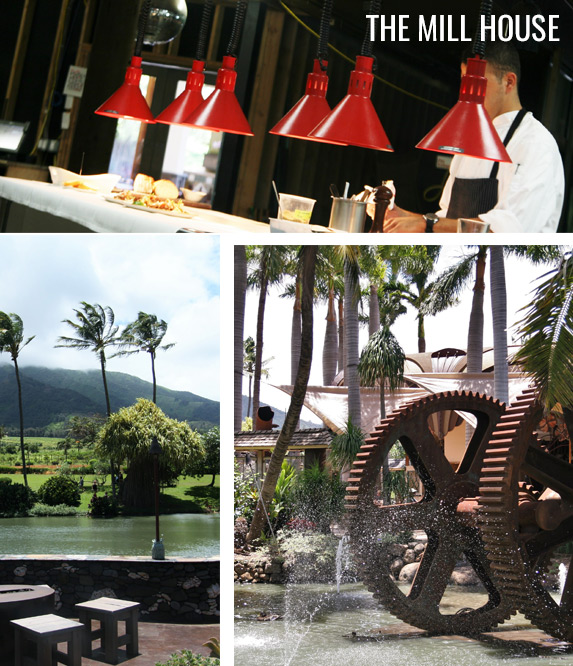
From the Mill House’s location in Waikapu, go East to continue on an eat, swim, eat tour. Final stop: Mama’s Fish House in Paia. The word of the day here is “seafood.” Come hunger and rather than ordering a starter, a main and a bottle of Sauvignon blanc, opt instead for a couple of Bikini Blonde Lagers from Maui Brewing Co. and a feast of starters—as in everything listed under “appetizer” on the menu. You can’t go wrong with dishes like the Papa’s Three Fish Sashmi (ono, ahi and kampachi), Wild Fish Collar (a true standout) and the Kauai Shrimp Won Ton, served with a macadamia nut dipping sauce.
Like this famed restaurant, the historic town it occupies is not to be missed. Spend a day here; spend a week here. The warmth of the community and vibrancy of Paia’s culture is infectious, passing on to visitors a true sense of affection, peace, compassion, and mercy. This is the sort of place where seeing Owen Wilson leisurely riding a bike without shoes is not an occasion to pull out the iPhone and tweet—locals would never condone such an intrusion of peace. Paia, like the rest of the 50th state, exists outside the affected panoply of pop culture—no matter how many Hawaii-centric songs try to wrangle it in.
Maui and its surrounding islands have not earned the “paradise” title for their tropical drinks served poolside; the distinction is the spirit of aloha, simply given another name. Maui is paradise—a place where pure elemental pillars, guide life and action—just as Mother Nature intended…barefoot and open-hearted.




